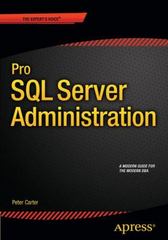Question
Using the ls command find the file size for the file /var/log/messages. In other words, youll need to use the al switches. Paste a screen
Using the ls command find the file size for the file /var/log/messages. In other words, youll need to use the al switches. Paste a screen shot here.
Using the cat command (short for concatenate), echo the contents of the /etc/passwd file to the screen. Paste a screen shot here.
Using the top command, identify how long your VM has been up. Paste a screen shot here.
Using the cd command, change to the root directory (also called the root of the file system). Paste a screen shot here. (You may need to refer to the File System Hierarchy section in Chapter 3.)
Using the cd command, change to the home directory for the root user. Paste a screen shot here.
Using the more command, look at the first page of the file /var/log/messages. Paste a screen shot here.
Using the yum command, determine whether the man(ual) pages are installed. (Hint: the package name is just man.)
Using the ls command, list all of the files and directories in the directory /var/log. Be sure to also list file sizes, modification dates, etc. Paste a screen shot here. If the page scrolls, just include a screen shot of the last page.
Use the history command to identify how many commands you have run in total on your CentOS VM. Paste a screen shot here.
Please help! TY
Step by Step Solution
There are 3 Steps involved in it
Step: 1

Get Instant Access to Expert-Tailored Solutions
See step-by-step solutions with expert insights and AI powered tools for academic success
Step: 2

Step: 3

Ace Your Homework with AI
Get the answers you need in no time with our AI-driven, step-by-step assistance
Get Started


